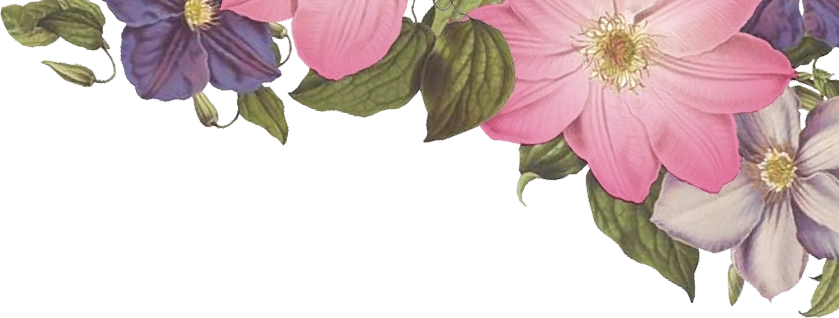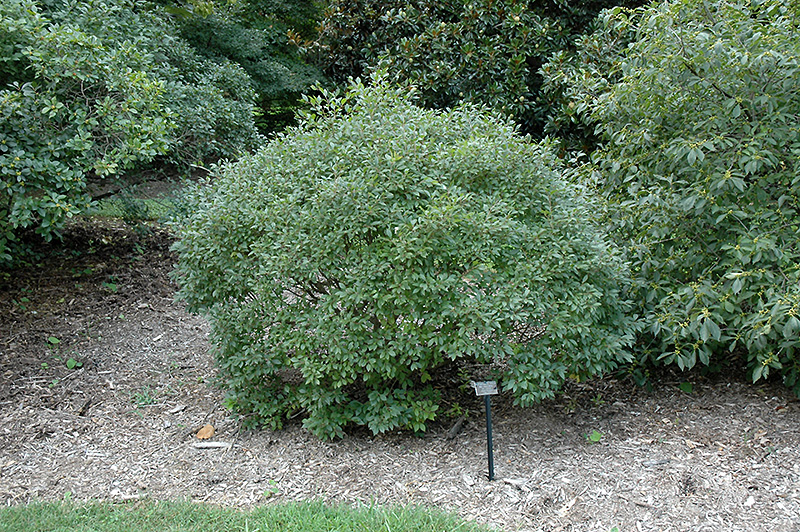WHAT WOULD YOU LIKE TO PLANT?
Mr. Poppins® Winterberry
Ilex verticillata 'FARROWMRP'
Height: 4 feet
Spread: 4 feet
Sunlight:
![]()
![]()
Hardiness Zone: 3
Other Names: Black Alder
Brand: Proven Winners
Description:
This compact male winterberry is a dwarf shrub with attractive, glossy dark green leaves; does not bear fruit but will pollinate female varieties such as 'Berry Poppins' to produce an abundance of beautiful red berries
Ornamental Features
Mr. Poppins® Winterberry has forest green deciduous foliage on a plant with a round habit of growth. The glossy pointy leaves do not develop any appreciable fall colour.
Landscape Attributes
Mr. Poppins® Winterberry is a multi-stemmed deciduous shrub with a more or less rounded form. Its average texture blends into the landscape, but can be balanced by one or two finer or coarser trees or shrubs for an effective composition.
This shrub will require occasional maintenance and upkeep, and usually looks its best without pruning, although it will tolerate pruning. Deer don't particularly care for this plant and will usually leave it alone in favor of tastier treats. Gardeners should be aware of the following characteristic(s) that may warrant special consideration;
- Suckering
Mr. Poppins® Winterberry is recommended for the following landscape applications;
- Mass Planting
- Hedges/Screening
- General Garden Use
- Naturalizing And Woodland Gardens
Planting & Growing
Mr. Poppins® Winterberry will grow to be about 4 feet tall at maturity, with a spread of 4 feet. It has a low canopy with a typical clearance of 1 foot from the ground. It grows at a slow rate, and under ideal conditions can be expected to live for 40 years or more.
This shrub does best in full sun to partial shade. It prefers to grow in moist to wet soil, and will even tolerate some standing water. This plant should be periodically fertilized throughout the active growing season with a specially-formulated acidic fertilizer. It is very fussy about its soil conditions and must have rich, acidic soils to ensure success, and is subject to chlorosis (yellowing) of the foliage in alkaline soils. It is somewhat tolerant of urban pollution. Consider applying a thick mulch around the root zone in winter to protect it in exposed locations or colder microclimates. This is a selection of a native North American species, and parts of it are known to be toxic to humans and animals, so care should be exercised in planting it around children and pets.



